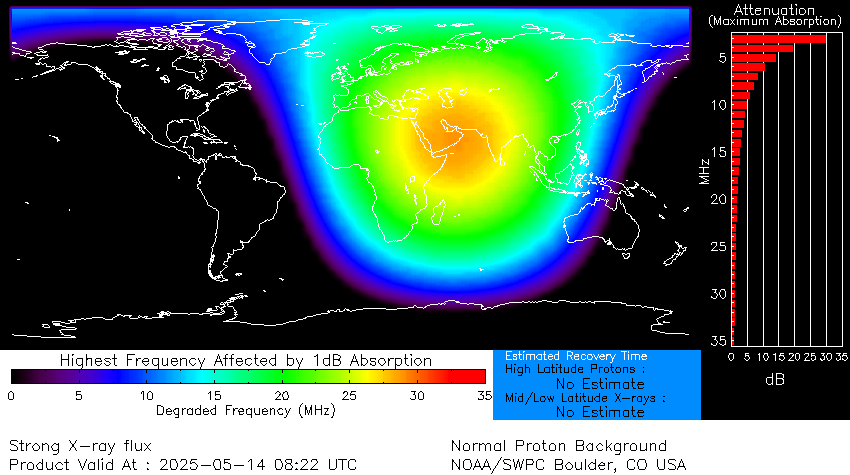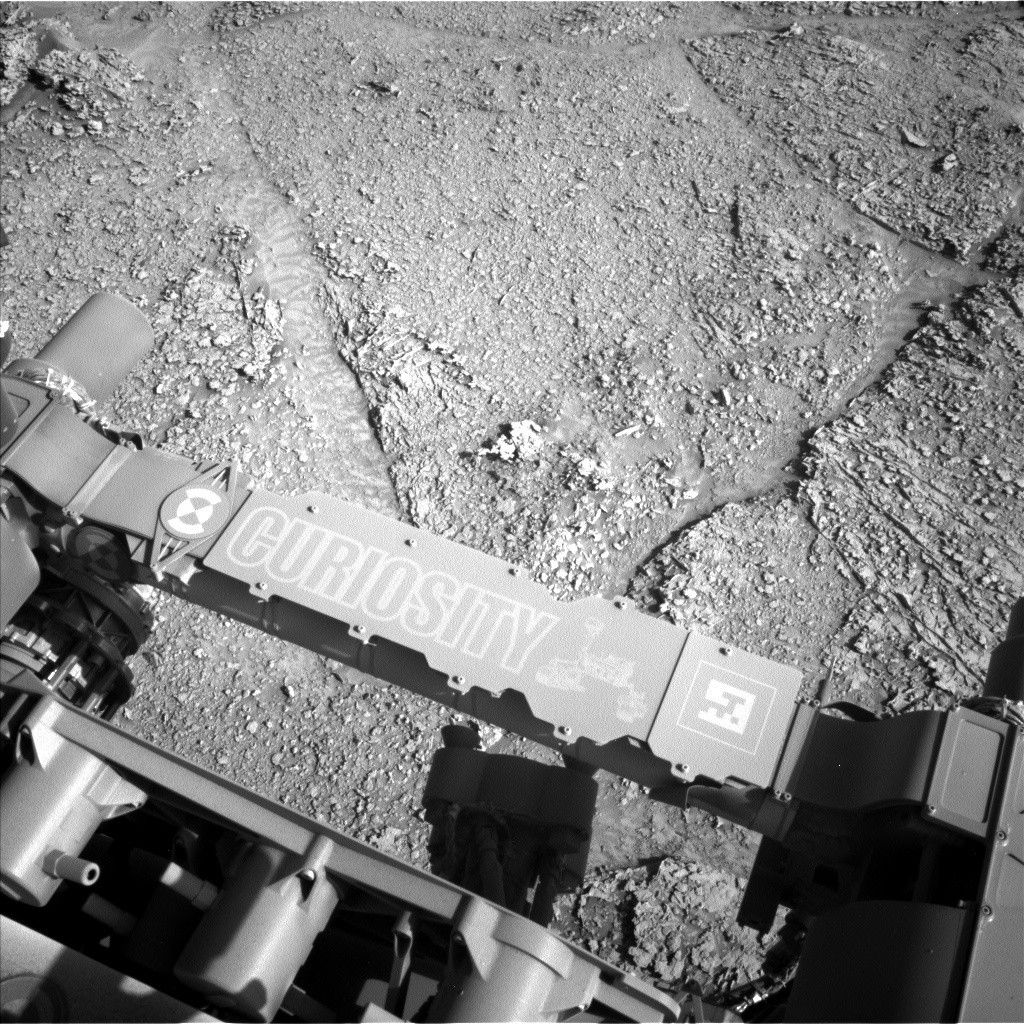Want to save all the calories from Mother’s Day brunch? You may still be able to “sweeten” the holiday with a view of the ramped-up northern lights again tonight (May 12)!
Plasma from a powerful solar eruption called a coronal mass ejection (CME) slammed into Earth on Friday (May 10), sparking an intense geomagnetic storm. One of the effects was a supercharged aurora, which provided skywatchers in much of the U.S. and other regions around the world with absolutely mesmerizing views of the northern lights.
And the show could continue tonight; another CME launched from the super sunspot region AR3664 is expected to approach Earth by midday. The result could be more rounds of severe to extreme geomagnetic storms — G4 to G5 on the space weather scale devised by the U.S. National Oceanic and Atmospheric Administration (NOAA) — into the evening and perhaps into Monday (May 13).
Related: Northern lights (aurora borealis): What they are & how to see them
If such storms do indeed materialize, the northern lights could be visible tonight over a large portion of the northern U.S., and maybe even as far south as Alabama and Northern California.
“It takes an extraordinary CME to produce G5 conditions,” Bill Murtagh, program coordinator for NOAA’s Space Weather Prediction Center (SWPC), told Space.com in a phone interview. “We’re expecting a decent impact from the CME tomorrow [Sunday]. It was just a little bit further from the limb [edge] of the sun, but still good enough that it should give us a good hit. And if everything couples right, we could certainly see the sky lit up again.”
RELATED STORIES:
While boosted auroras are quite a treat, extreme (G5) geomagnetic storms can also have negative effects. From the conditions observed at the beginning of the weekend, irregularities have been reported to power grids as well as some degradation to GPS and high-frequency communications.
“When the CME arrives and carries its own magnetic field, depending on how that interacts with Earth’s magnetic field, that magnetic field can fluctuate. When you superimpose that over long conductors, things like pipelines and railroad tracks and power lines, it can induce current,” Rob Steenburgh, a space scientist at NOAA’s Space Weather Prediction Center (SWPC), said in a teleconference on Friday.
“That electrical current is not supposed to be there, and so our role is to alert the operators of these different systems so that they’re aware and can take actions to mitigate these kinds of impacts,” he added.
Check out the SWPC’s experimental aurora viewline for a map of the US to see where the likelihood remains elevated this evening.
Editor’s note: If you capture a stunning photo or video of the northern lights (or southern lights!) and want to share them with Space.com for a possible story, send images, comments on the view and your location, as well as use permissions to spacephotos@space.com.



